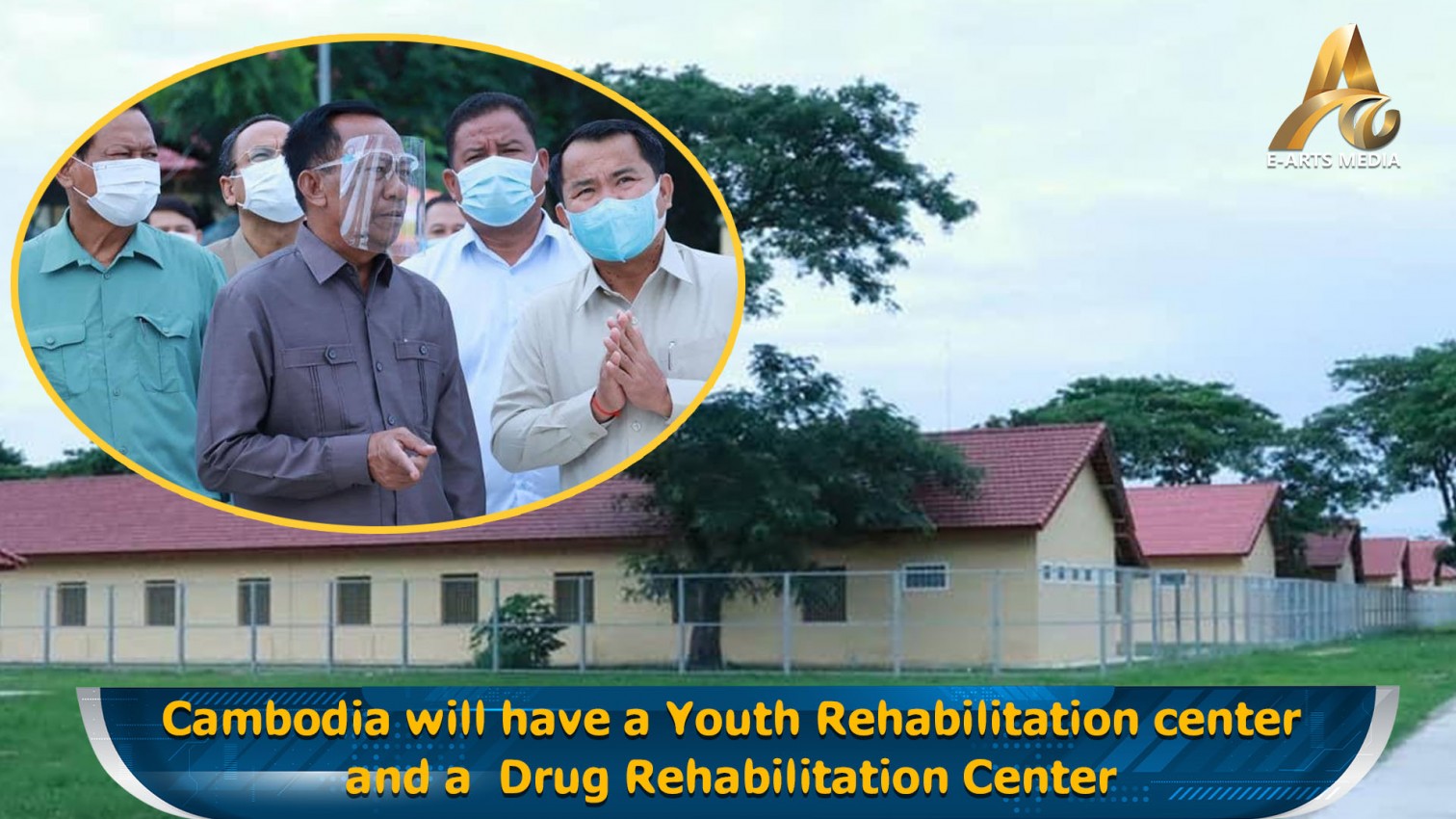PHNOM PENH: Allison Chhorn is a Cambodian-Australian filmmaker and multidisciplinary artist who presented her work in Cambodia for the first time at the 11th Cambodia International Film Festival (CIFF) in July. Along with screening a few of her films, an accompanying 10-piece photo series was presented at the Java Creative Café on 2 July, where the photo exhibition will continue to be displayed until 11 September.
Born to Cambodian migrants who fled from the Khmer Rouge in the mid-1980s, Chhorn grew up in South Australia and studied Visual Arts at UniSA. While in university, she specialized in painting, but quickly came to discover photography, installation and film. Her broad artistic-disciplinary range allows her work to move freely across several mediums.
Chhorn’s work primarily explores themes of migrant displacement, trauma and post-memory, deeply informed by her Cambodian-Australian background.
“I grew up in Australia, so I have a very strong Australian education and upbringing, but at the same time, my parents are very Cambodian, so there’s a strong connection between both,” she said.
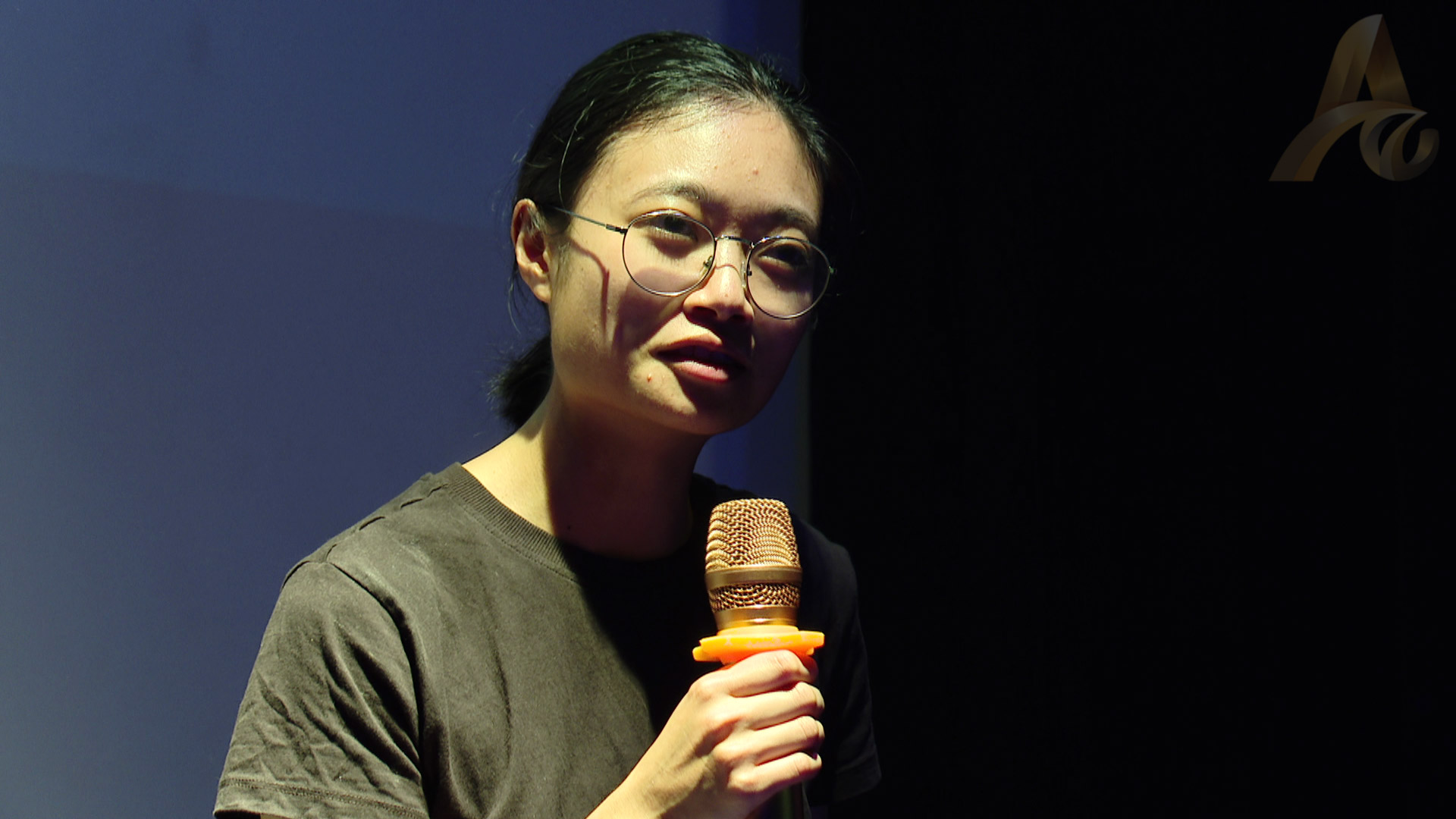
Since graduating from university, Chhorn has made several short films, including ‘Blind Body’ and ‘Missing,’ which she presented at the 11th CIFF, along with her first solo mid-length film, ‘The Plastic House.’
A key tenet of CIFF is to act as a bridge between Cambodia and the world, which includes making connections with, and raising the voices of, artists in the Cambodian diaspora. As this year’s CIFF featured a special retrospective program on Australian cinema, organized in partnership with the Australian Embassy to Cambodia to commemorate the 70th anniversary of diplomatic relations between Cambodia and Australia in 2022, the festival also featured a number of other Australian touch points. One of these was the special focus program on Allison Chhorn.
Chhorn had actually submitted her films to the festival before the Covid-19 pandemic, but only now had the chance to come and present her work once cinemas reopened in Cambodia and CIFF was able to make its comeback.
“We waited a few years for it to finally screen this year. So, it’s very special to have it screen now,” she said.
The centerpiece of Chhorn’s special focus program was her film, ‘The Plastic House,’ a 45-minute mid-length feature that blends documentary and fiction, and which has been internationally screened at several festivals including Visions du Réel in Switzerland, the Melbourne International Film Festival in Australia and the New York Film Festival in the United States.
‘The Plastic House’ depicts the life of a young woman as she works alone in her family green house in Australia, reliving shadow memories of her Cambodian mother and father. Starring Chhorn herself, the film constructs a solitary reality by imagining what life would be like after the passing of her parents.
“For ‘The Plastic House,’ it was very much inspired by the location,” said Chhorn. “The family farm where my parents and I lived and worked on. It was shot there, I lived there, and it was very easy to film there so everything was inspired by that place.”
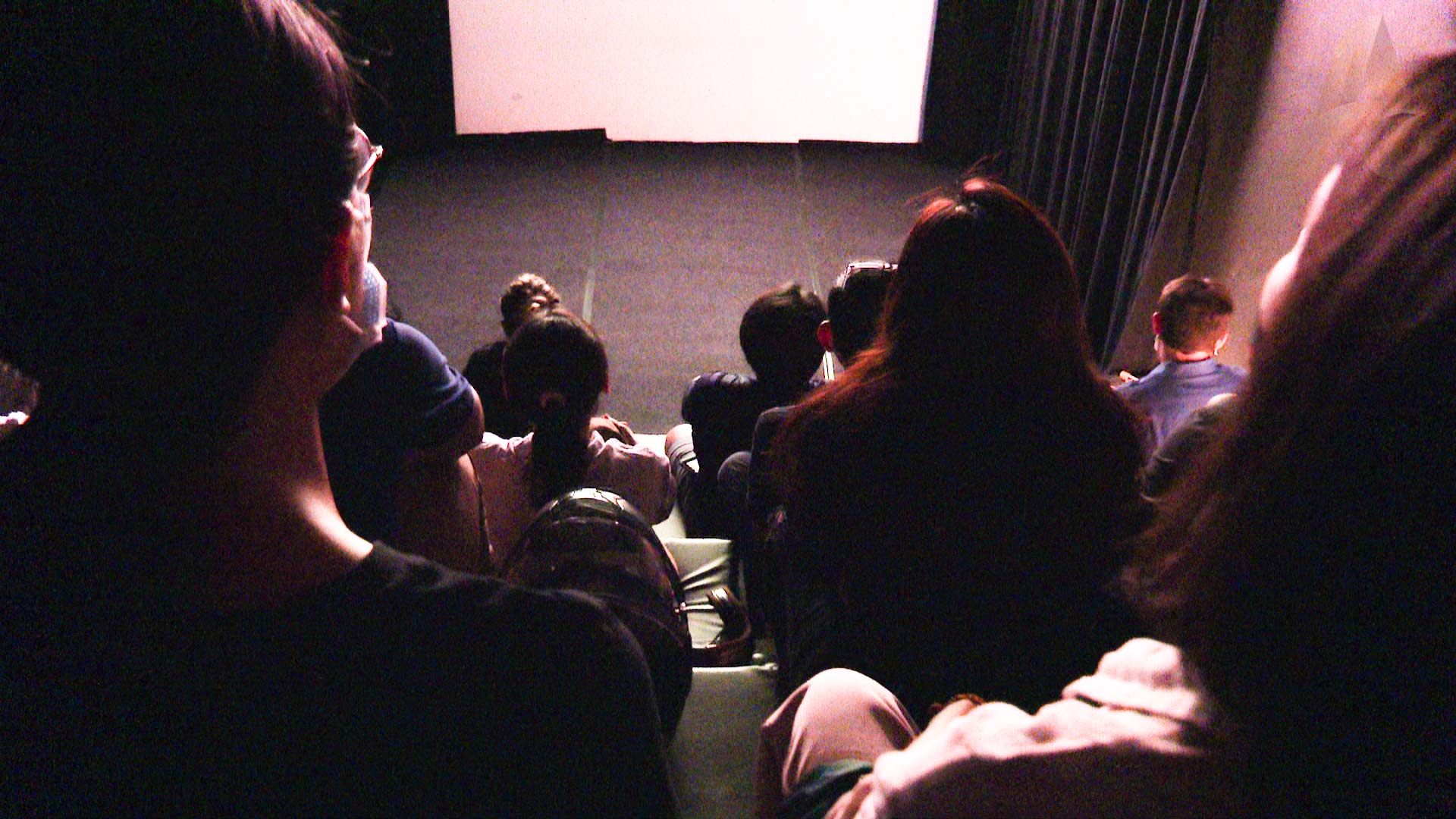

The film moves at a slow and meditative pace, featuring little action or dialogue, and places significant focus on the sound design. During a Q&A with the audience at her first screening in Cambodia on 2 July, Chhorn said she chose a slow pace for her film because she feels it builds tensions, and is also a way to allow the audience to contemplate and think more imaginatively about what they are watching.
“Especially through sound and just giving room for the environment to speak for itself, because there isn’t a lot of action or dialogue, I feel like I try to tune in to the environment where the films were shot, and that’s why it’s quite slow,” she said.
Indeed, to quote the Film Society of Lincoln Center, with ‘The Plastic House,’ Chhorn “allows the viewer to feel time passing, seasons changing and life moving on.”
Elaborating further on her use of sound, Chhorn said the film’s soundscape was very specific to the place where it was shot. Since, in real life, the titular plastic greenhouse is located near an air force base in Australia, she said she included a lot of the bass and drone sounds of planes flying overhead. She also described using certain sounds in her films to elicit memories, such as in the use of water sounds in her short film ‘Blind Body,’ based on a story her grandmother tells about carrying water loads in her youth.
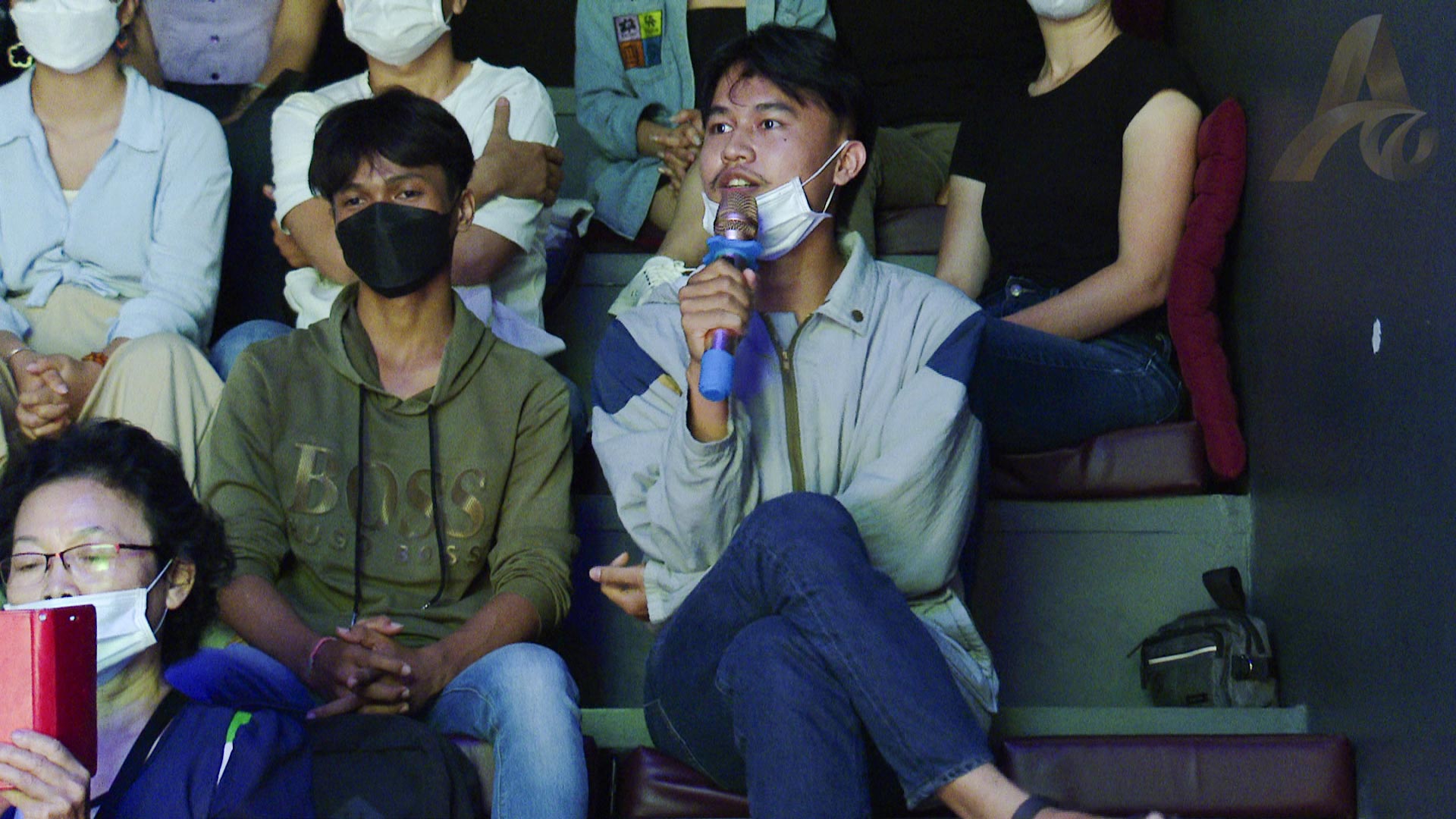
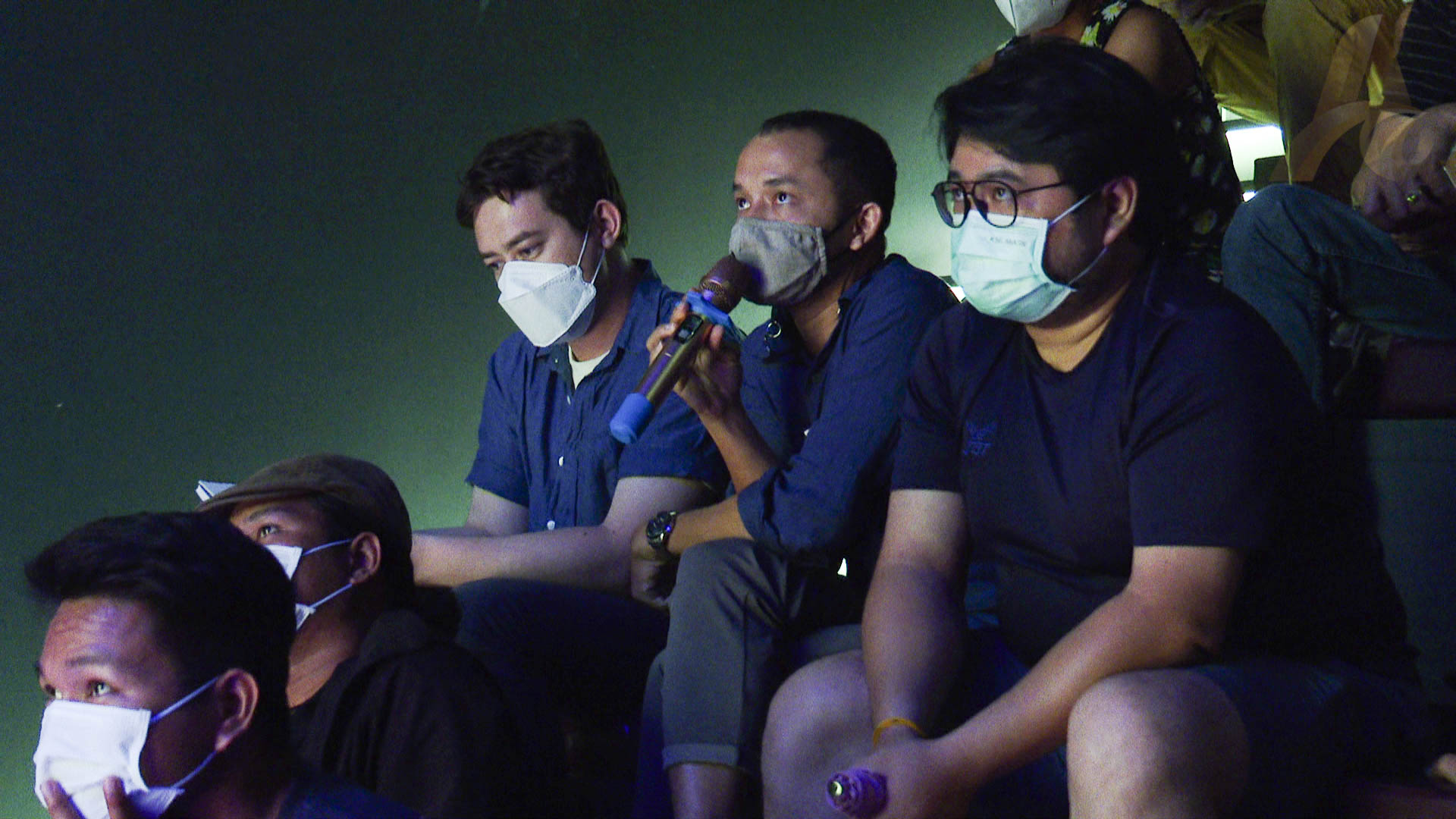
Speaking a bit on her inspirations, Chhorn said that she would consider her films to be experimental and cited her education in painting and visual arts as informing her experimental visual practice.
“I'm very much inspired by Apichatpong (Weerasethakul), and other Asian slow cinema filmmakers like Hou Hsiao-hsien, Tsai Ming-liang,” she further added. “And I'm very excited for other Cambodian filmmakers here, like Kavich Neang and Rithy Panh.”
The ‘Memory House’ photo series launched at Java Creative Café alongside her first screenings in Cambodia, act as an accompaniment to ‘The Plastic House,’ as they are images Chhorn captured while she was still trying to formulate the film’s visual landscape. She said she took them a few years before shooting the film, and described the photographs as visual sketches that helped her find the composition, shapes and images she was looking for.
The themes and style of documentation Chhorn explored in this initial photo series from 2012 developed into further works across other mediums, such as the aforementioned ‘The Plastic House,’ and a new multi-channel installation titled ‘Skin Shade Night Day,’ recreating memories of her family’s daily routine and rituals through a sound and image installation displayed within a shade house. ‘Skin Shade Night Day’ was exhibited at the ACE Gallery in Adelaide, Australia from 4 June to 13 August.
Allison Chhorn’s ‘Memory House’ photo series will be displayed at the Java Creative Café, Toul Tom Poung branch, until 11 September 2022.
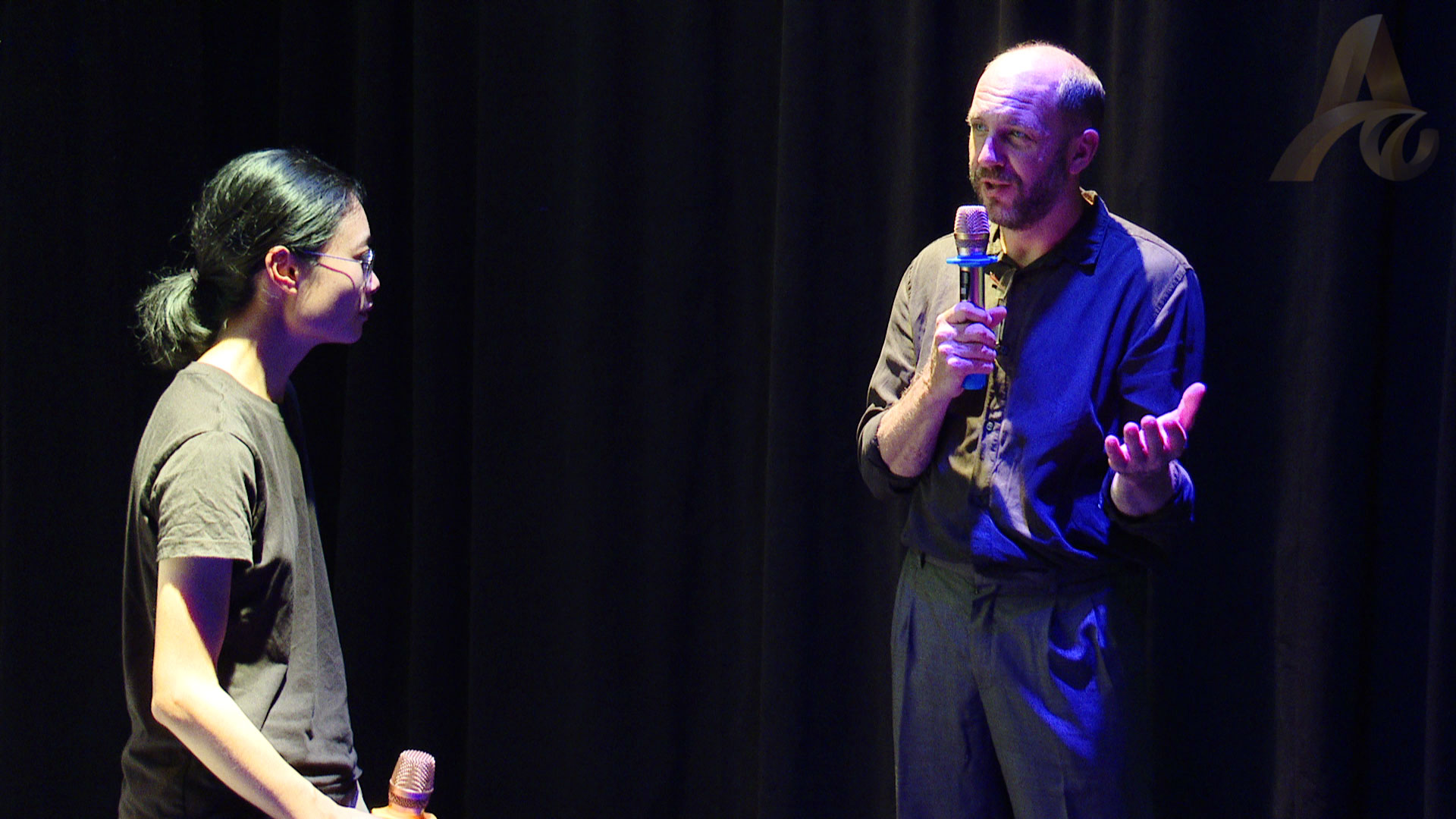
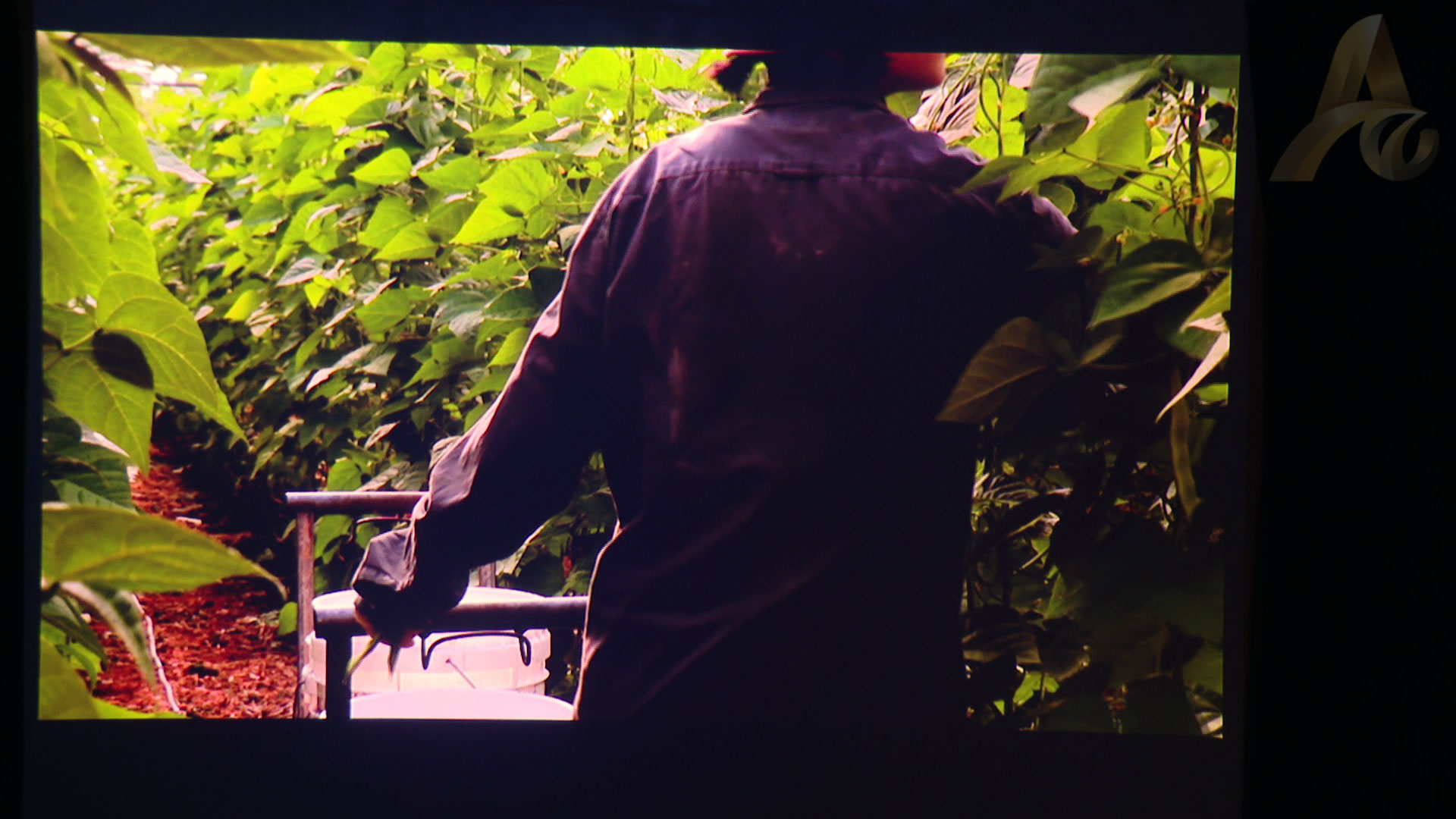
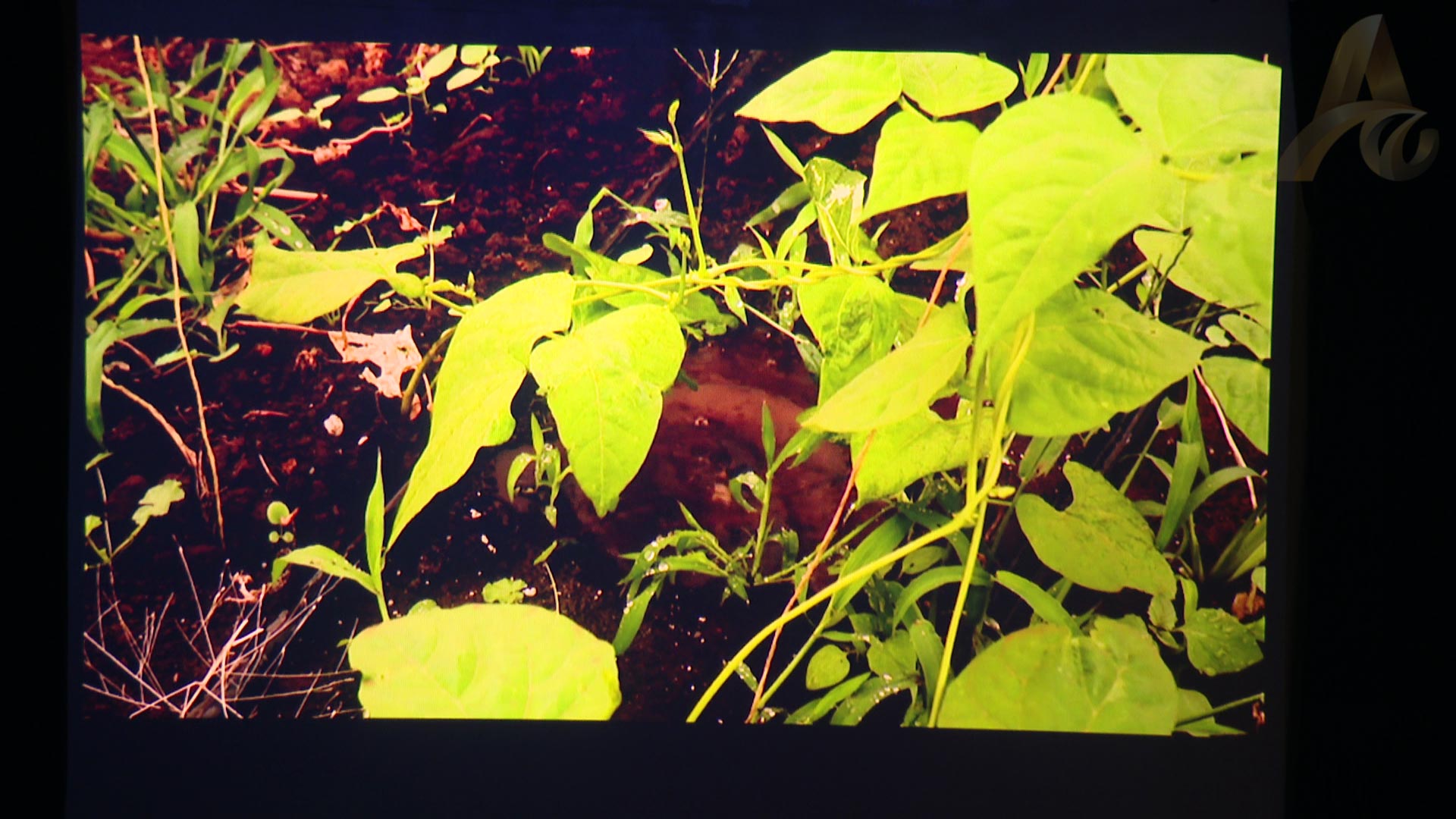

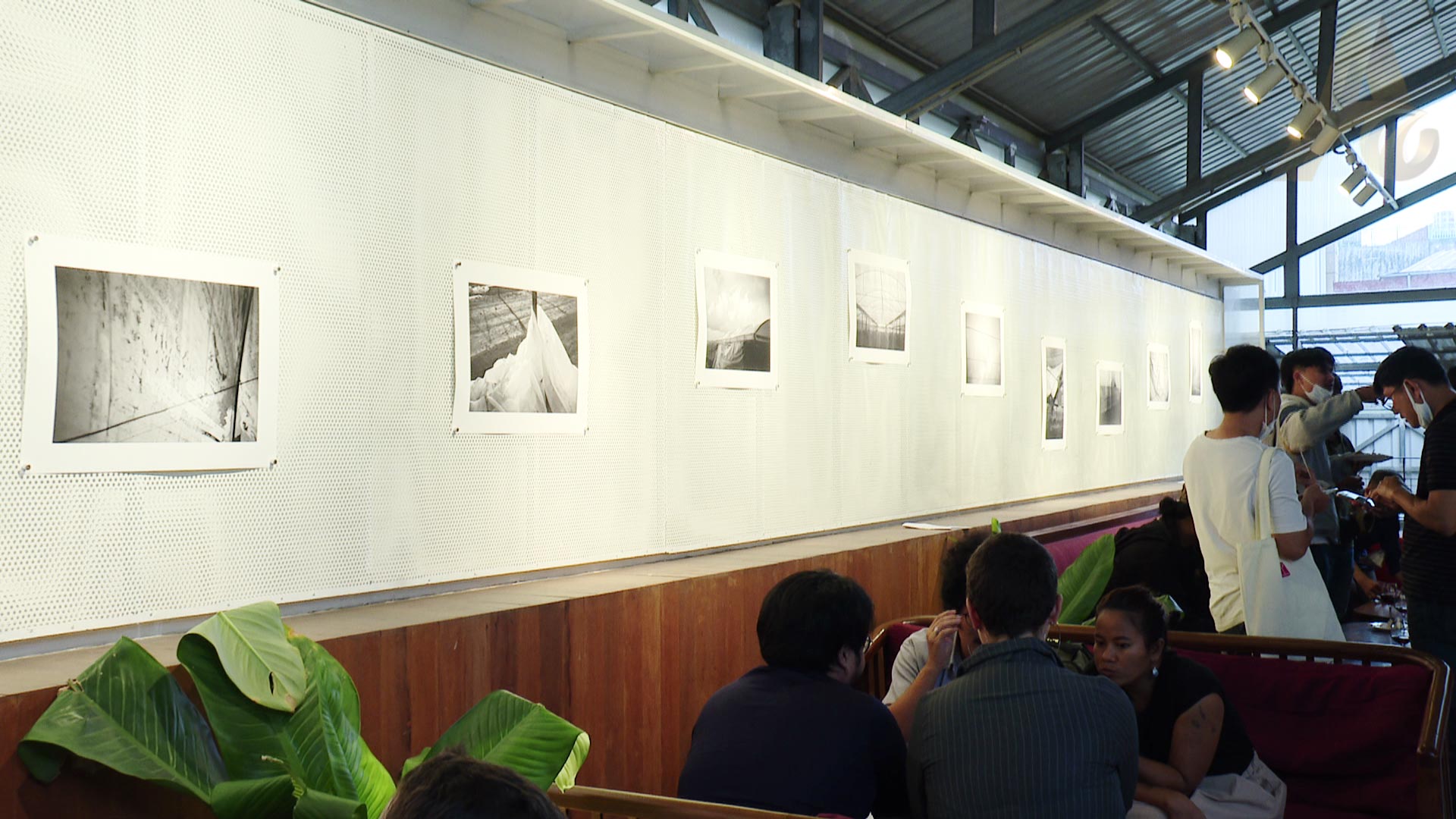
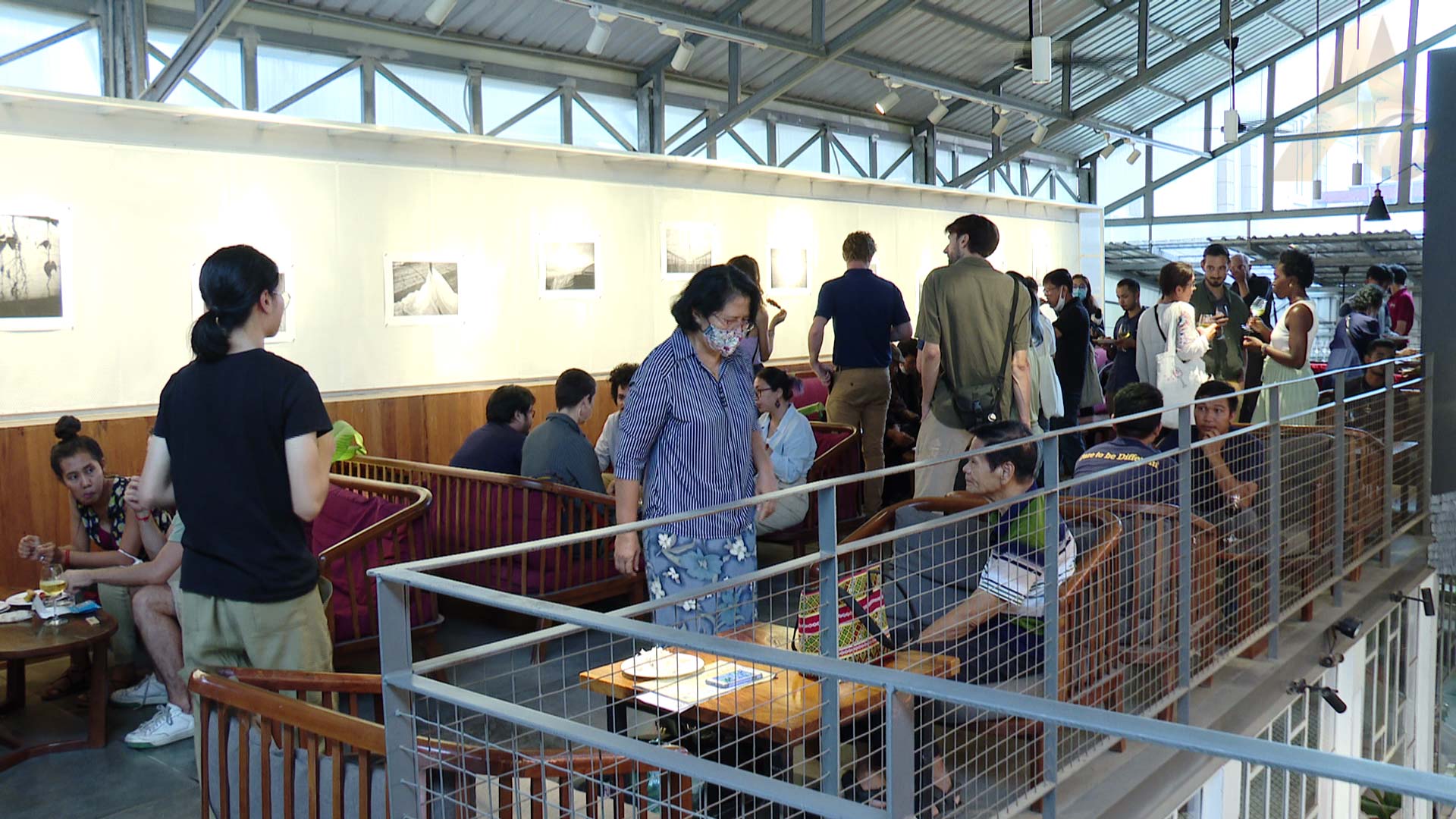
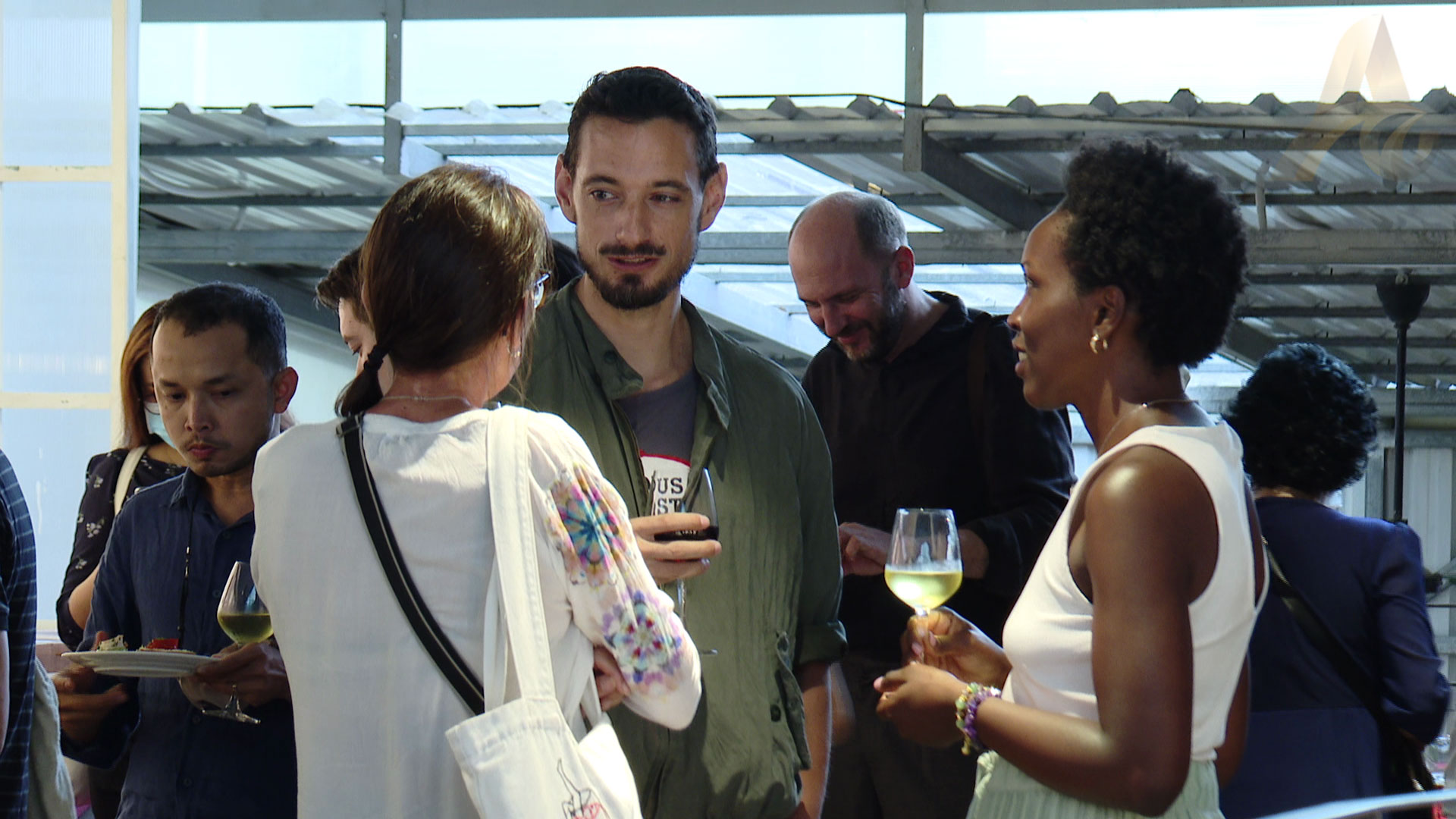
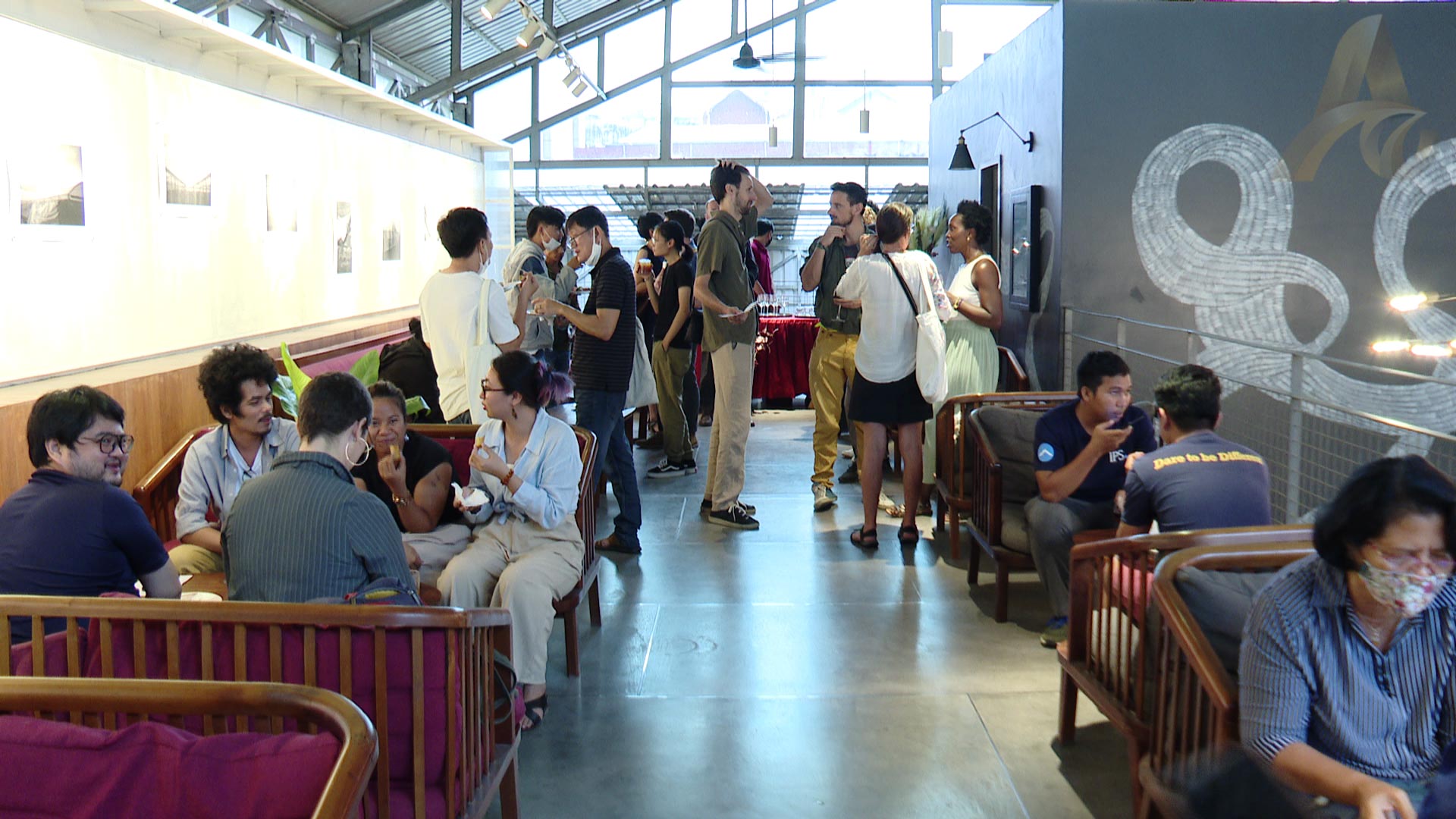
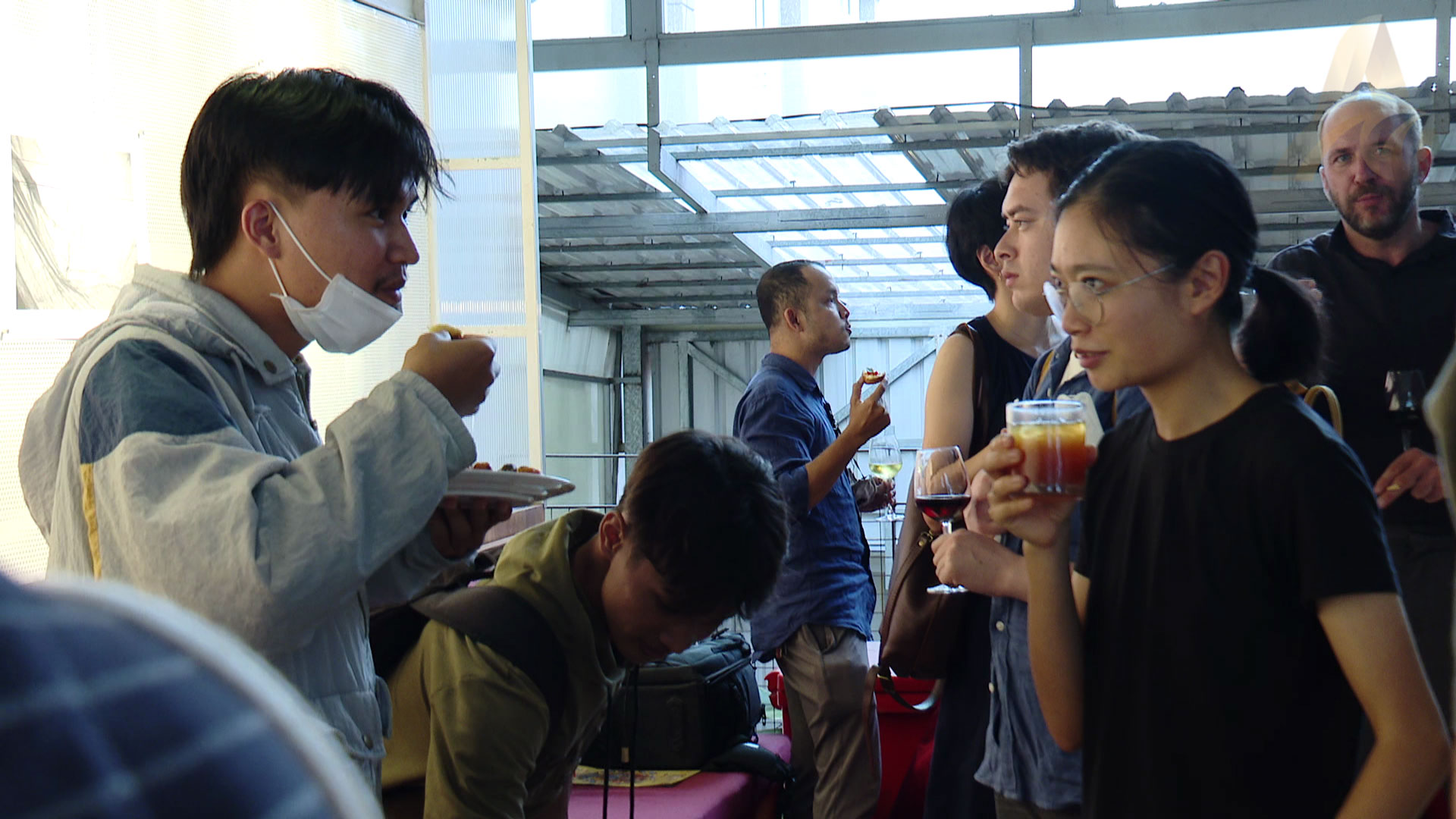
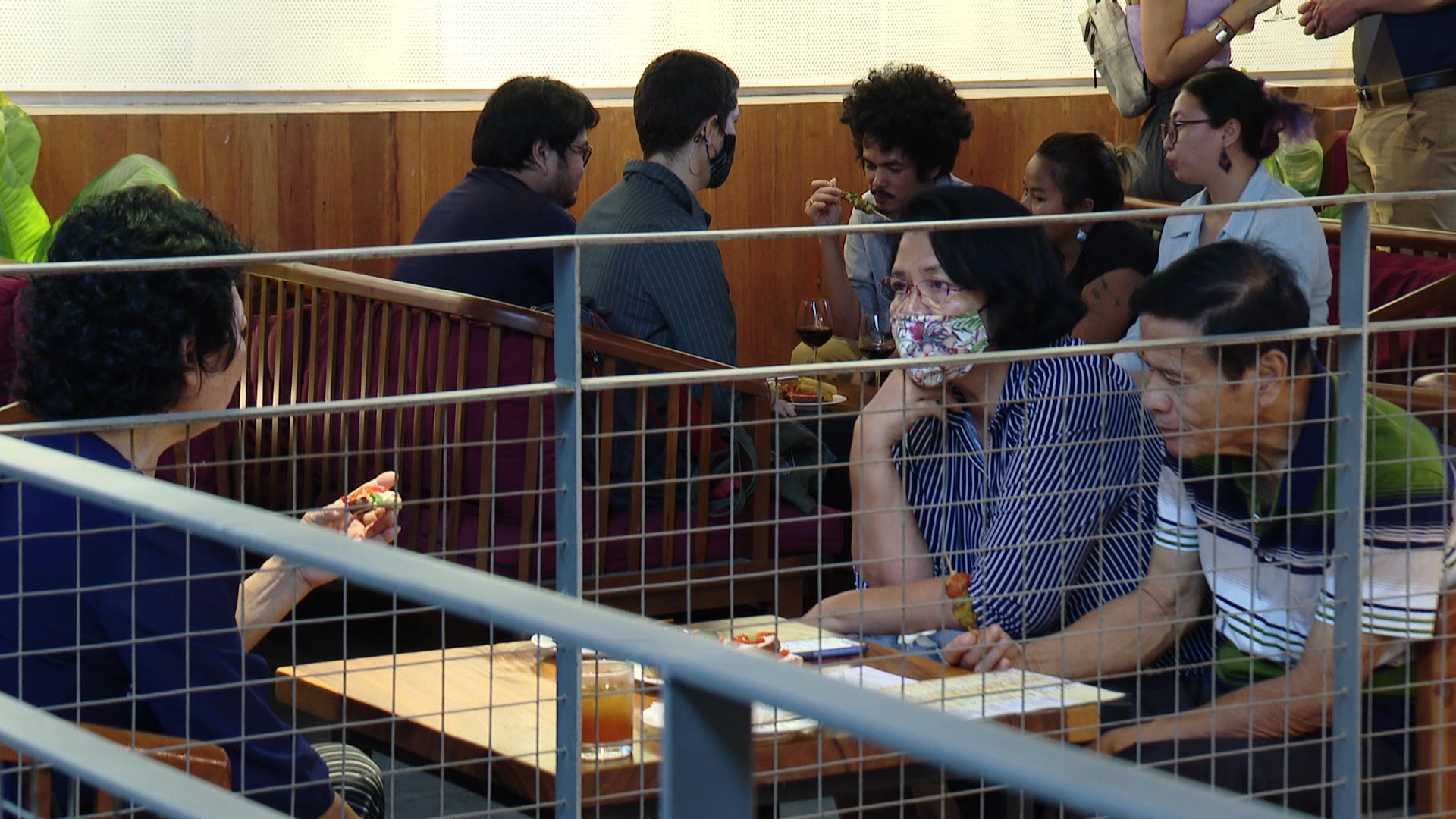
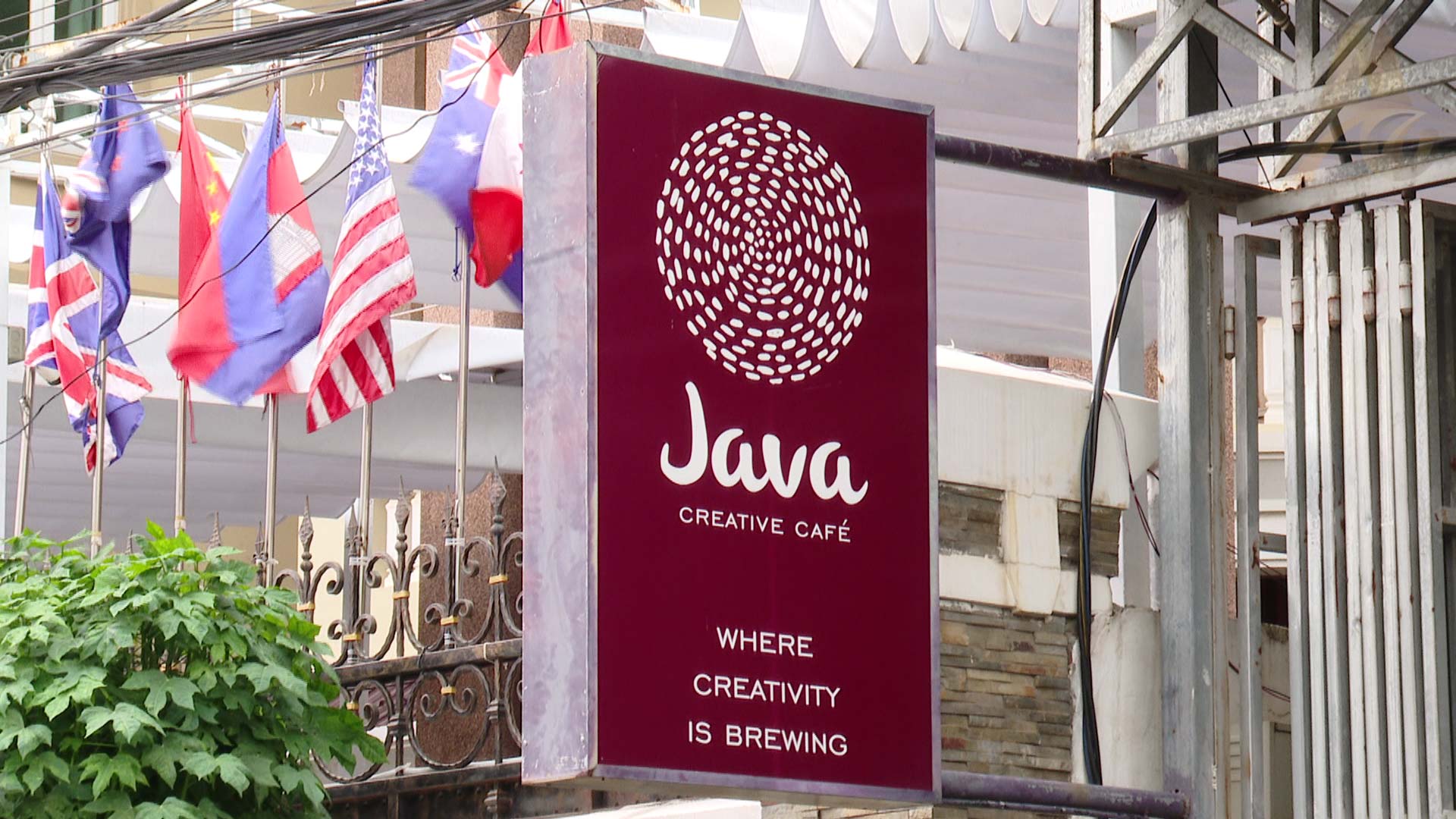
PHOTO: EAC NEWS


















